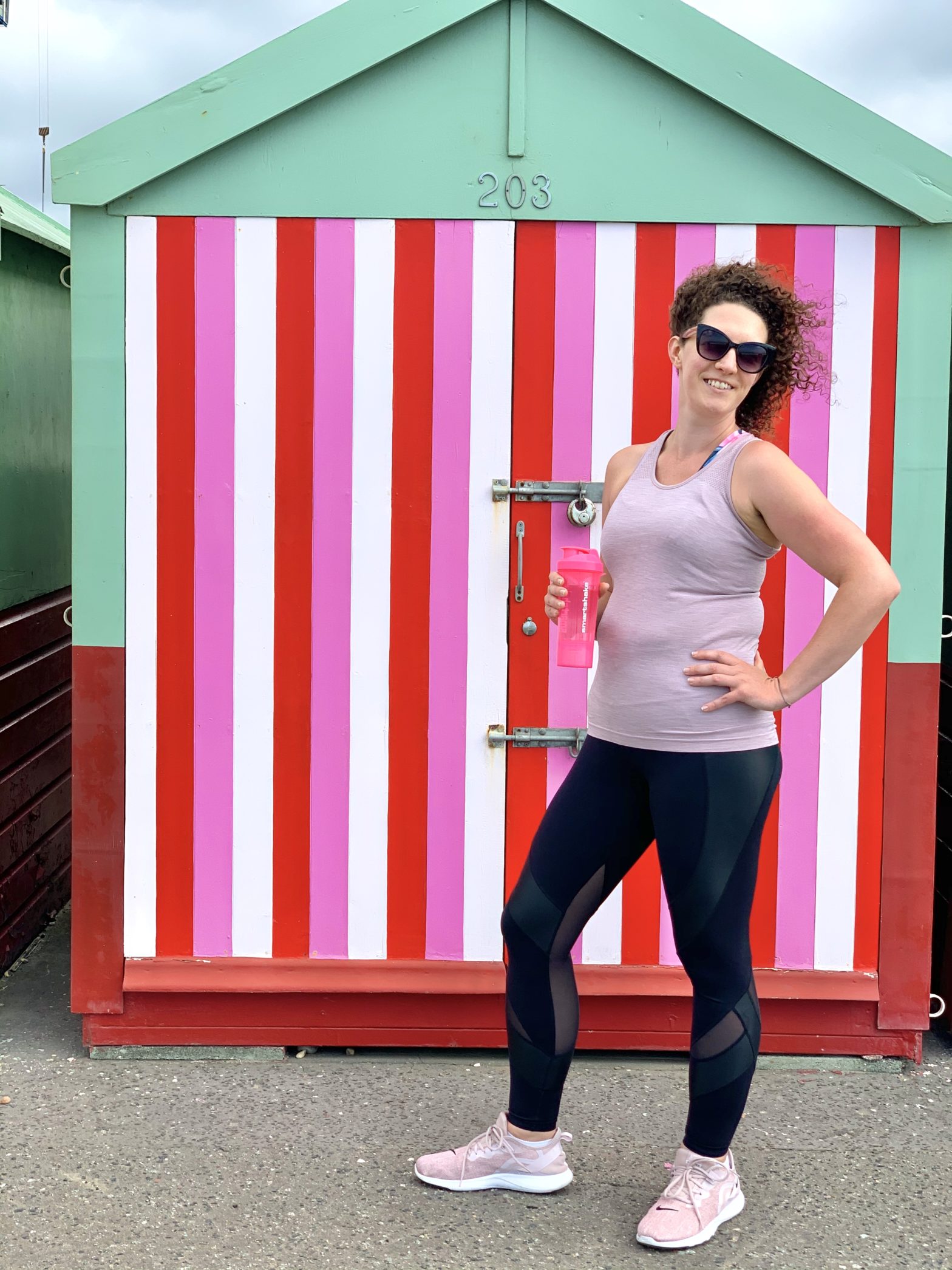What on earth did we do before smartphones? How did we cope in queues without the ability to distract ourselves with a quick scroll? What did we do if we were running late, and couldn’t contact the person we were due to meet? And how did we inform our friends of the cute dog/ridiculous person/hilarious third party disagreement we’d just witnessed? Oh yeah: and what did we do between sets at the gym?!
Truthfully, I strongly advocate for that last one NOT being your go-to. It’s a habit that I myself am trying to break: I noticed it actually wasn’t all that useful for me, and then when I read “Lifting Heavy Things” by Laura Khoudari, and was particularly struck by her argument for remaining embodied whilst training (she explains it better than I do, I highly recommend this book), I knew I had to at least TRY and leave my phone alone whilst training… but I wasn’t going to reject it altogether.
And that’s because our phones can help us at the gym.
I’m far from advocating leaving your phone at home – if nothing else, they are obviously important to us in case of emergency, be that someone else’s or our own, and I recognise that, particularly for the journey to and from the fitness space, that’s a specific purpose. Whilst training, many of us prefer to have our own choice of music or other audio entertainment available, so a phone is handy for that too.
And there’s still purpose beyond that! You may have laughed or stared at the person you’ve seen at the gym filming every rep of their workout, or perhaps got annoyed at them for using a piece of equipment to rig up their device. But, if they’re using what they gather – whether to generate likes on social media, or review their workout – then I say it’s pretty much fair.
No, it’s not ok if they’re monopolising equipment that other people are using, so it wouldn’t be out of order to step in and ask whether you could use what they’re repurposing (there are many ways to balance a phone ready for filming that don’t involve using a plyo box that you don’t specifically need!). But gathering footage of their training? Totally valid.
You see, there are some things you just can’t watch accurately whilst you’re doing them. Deadlifts are a prime example: head and neck position are critical to performing this lift (and many others) safely, especially once you’re increasing the load. So to accurately assess your own position and understand how to improve your performance, you’re wise to record it and watch it back. This kind of technology used to be the preserve of the most elite athletes, but now that we all have high-quality devices of our own in our pockets every minute of the day, it’s foolish not to use them.
Not only can you check your form on a rep-by-rep basis but, over time, you can also compare how you are with how you used to be. Which can be highly satisfying! It also comes in handy if you need to show a new coach, or someone who’s involved in your healthcare. As I’ve said before, this kind of information is all data on your body and your performance – the more you gather, the better the results get (there’s a reason those pro athletes invest in this kind of thing so heavily).
Give yourself the advantage that the pros take – use that device for the kind of good that surpasses sharing memes.
